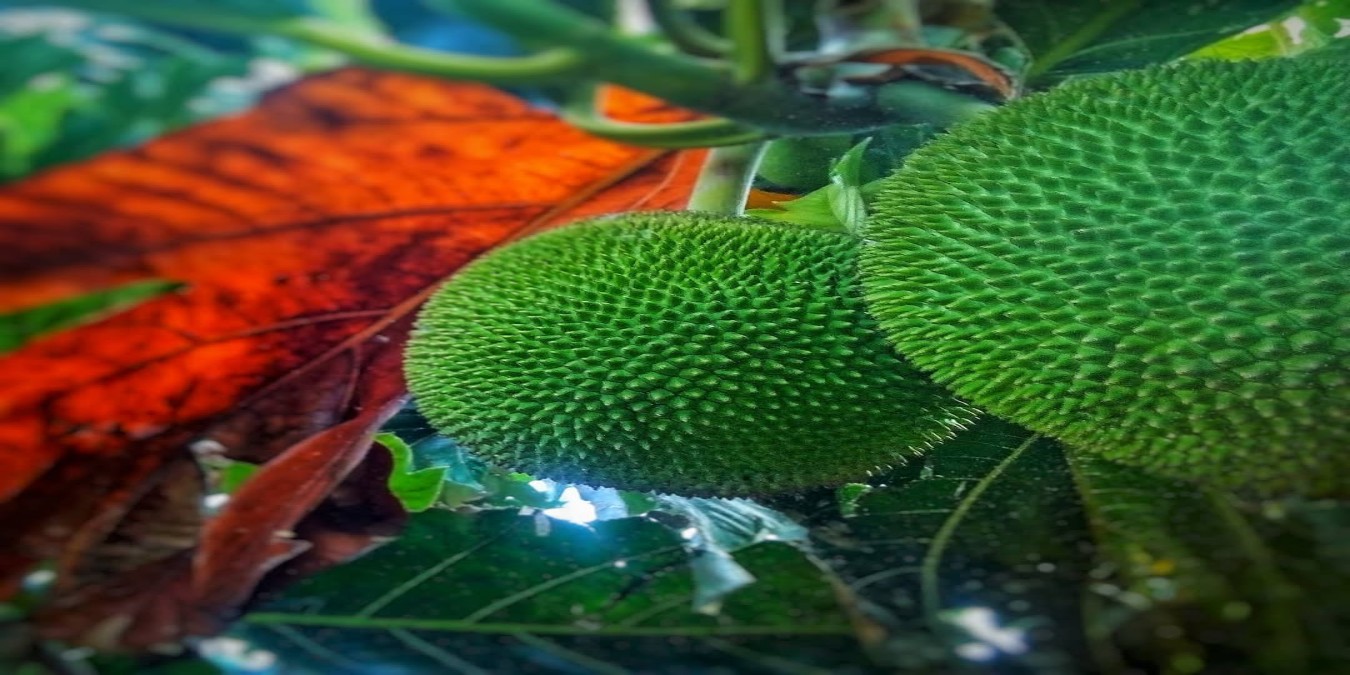Hidden beneath Tobago’s warm tropical skies grows a quiet giant, the Breadnut Tree (Artocarpus camansi). Often mistaken for its cousin, the breadfruit, this remarkable tree carries centuries of history in its roots, linking the Caribbean to faraway Pacific islands.
Long before it reached Tobago’s shores, the breadnut thrived in New Guinea and the Philippines, where its fruit and rich, nutty seeds nourished island communities. In the late 1700s, European explorers, among them the famous Captain William Bligh, sailed across oceans to bring these trees to the Caribbean. Their mission was to find reliable food for plantation colonies, and in their travels, the breadnut found a new home in our fertile soils.
Today, the breadnut stands tall in Tobago’s backyards and farmlands, known locally as chataigne or kastana. Its spiky green fruit holds dozens of seeds that, when roasted or boiled, taste like chestnuts, a true island delicacy.
But beyond its flavour, the breadnut tells a story of resilience and connection, how a tree once carried by explorers became part of our island’s heritage. Its shade cools village yards, its fruit feeds families, and its roots remind us how Tobago’s culture is tied to the world through nature and history.
Now, as the world looks toward sustainable, climate-resilient crops, the humble breadnut is being rediscovered not as a relic of the past but as a symbol of our island’s strength, nourishment, and timeless connection to the land.


Comments